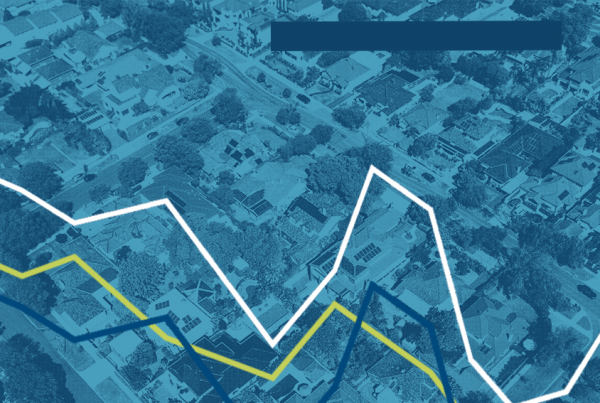At its first policy meeting of 2024, the Federal Reserve decided once again to skip raising the Fed funds rate, which is the amount banks pay to borrow money from each other overnight. This was the Fed’s fourth consecutive skip and fifth overall amid 11 rate hikes instituted since the first quarter of 2022.
This latest skip was almost universally expected by economists and market watchers. But after nearly two years of the Federal Reserve trying to stamp out soaring inflation by raising interest rates, speculation about when the Fed might start cutting rates is ramping up.
Some experts think the Fed will begin lowering the benchmark rate as soon as its next meeting in March. Other forecasters, however, say the central bank instead will keep its options open, including maintaining the current rate if the next rounds of monthly economic data do not show sufficient progress toward the goal of 2% year-over-year inflation.
What does the skip in Fed rate hikes mean to mortgage rates?
As we have pointed out in previous blogs about Fed rate increases, the Federal Reserve technically doesn’t determine mortgage rates. The rate of inflation has a much more direct impact on them, however. Skipping another increase in the Fed funds rate is a good sign that inflation is slowing, especially when supported by economic data.
That combination generally puts downward pressure on mortgage rates, and this series of consecutive rate hike skips has helped mortgage rates drop considerably from their most recent peak in October 2023. But remember, unlike the Fed rate, mortgage rates change daily and sometimes hourly. There is still the potential for plenty of volatility despite more encouraging news about the slowing pace of inflation.
The best way to navigate interest rates on home loans is to speak with a Homeowners Licensed Mortgage Professional about current market conditions. In any market situation, we’re here to help you understand the rates that are available to you and get the best possible pricing on your next home loan.




